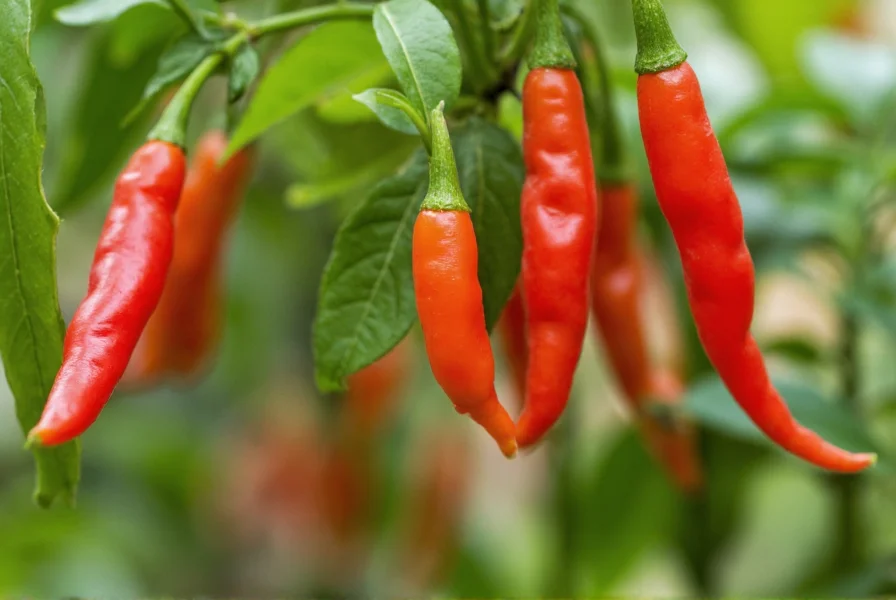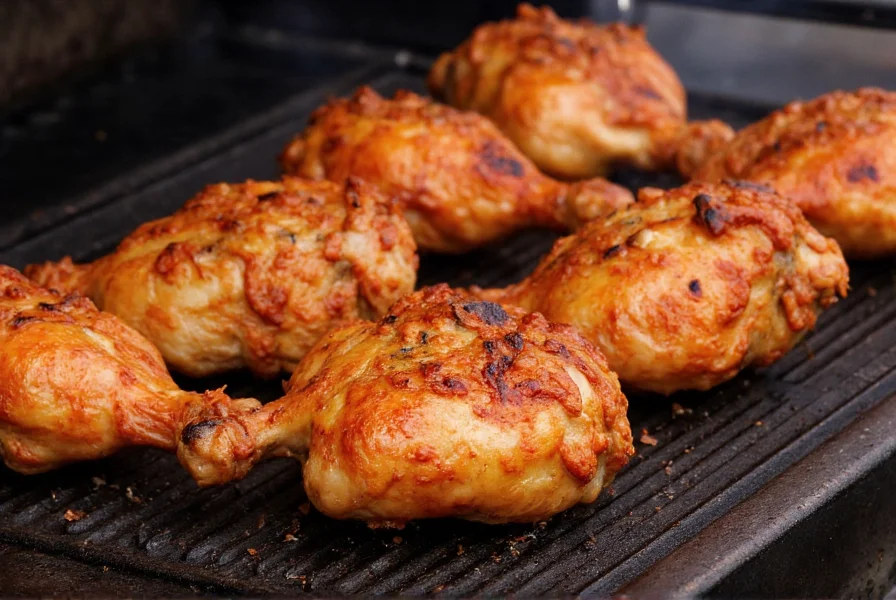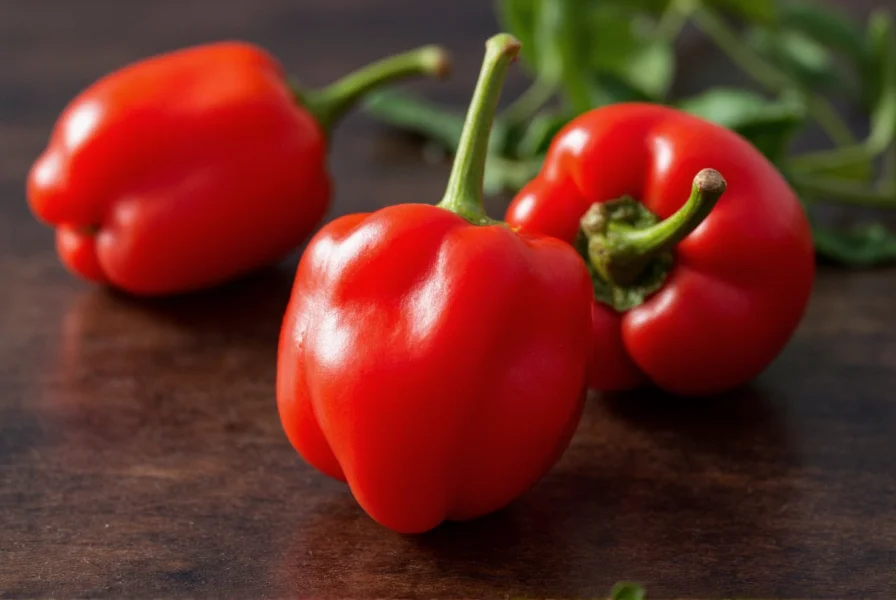What Exactly Are Piri Piri Peppers?
Piri piri peppers, also spelled peri peri, are a specific cultivar of the Capsicum frutescens species that have become globally recognized for their unique heat profile and culinary applications. Despite common misconceptions, piri piri isn't just a sauce—it's the actual pepper that gives the sauce its distinctive character. These peppers typically measure 2-3 inches in length with a slender, tapered shape that transitions from green to vibrant red as they mature.
Native to Mozambique and other parts of Southeast Africa, piri piri peppers were introduced to Portugal through colonial trade routes, where they became deeply integrated into Portuguese culinary traditions. The name "piri piri" comes from the Ronga language of Mozambique, where it simply means "pepper pepper," emphasizing their intense heat.

Understanding Piri Piri Heat Level and Flavor Profile
When evaluating how hot are piri piri peppers compared to other chilies, they consistently register between 50,000-175,000 Scoville Heat Units (SHU). This places them firmly in the upper-moderate to high heat category:
| Pepper Type | Scoville Heat Units | Relative Heat Comparison |
|---|---|---|
| Piri Piri | 50,000-175,000 SHU | Reference point |
| Jalapeño | 2,500-8,000 SHU | 6-20x milder |
| Cayenne | 30,000-50,000 SHU | Slightly milder to comparable |
| Habanero | 100,000-350,000 SHU | Slightly hotter to 2x hotter |
Unlike many hot peppers that deliver pure heat, piri piri offers a complex flavor profile with distinct citrus notes, subtle smokiness, and earthy undertones. This balanced heat-to-flavor ratio makes them particularly valuable in culinary applications where you want noticeable heat without completely overwhelming other ingredients—a key characteristic that distinguishes piri piri pepper vs cayenne (which tends to be more one-dimensional in flavor).
Piri Piri in Culinary Traditions
The journey of piri piri from African staple to global phenomenon centers around its role in Portuguese and African cuisines. In Mozambique and other Southeast African nations, these peppers have been used for centuries in traditional cooking, often dried and ground into spice blends. When Portuguese explorers encountered them in the 15th-16th centuries, they brought the peppers back to Europe, where they became integral to Portuguese cooking.
Today, authentic piri piri sauce remains a cornerstone of Portuguese cuisine, particularly with grilled chicken—a dish that has gained international popularity through restaurant chains specializing in traditional piri piri chicken recipes. The sauce typically combines piri piri peppers with garlic, lemon, olive oil, and spices, creating a balanced heat that complements rather than dominates the dish.

How to Use Piri Piri Peppers in Your Cooking
Whether you've found fresh piri piri peppers at a specialty market or are working with dried versions or commercial sauce, understanding what does piri piri taste like helps maximize their culinary potential:
- Fresh peppers: Best used in salsas, marinades, or finely chopped in seafood dishes. Remember to remove seeds for milder heat.
- Dried peppers: Rehydrate in warm water before use or grind into powder for spice rubs. Drying intensifies their fruity notes.
- Piri piri sauce: Use as a finishing sauce rather than cooking it extensively, which can diminish its bright flavor notes.
For home gardeners wondering can you grow piri piri peppers, they thrive in warm climates with plenty of sun and well-draining soil. They can be grown in containers in cooler regions but require temperatures consistently above 70°F (21°C) to produce fruit.
Common Misconceptions About Piri Piri
Several misunderstandings persist about these distinctive peppers:
- Misconception: Piri piri is just another name for African bird's eye chili.
Reality: While related, piri piri (Capsicum frutescens) differs from African bird's eye (Capsicum annuum) in shape, heat distribution, and flavor profile. - Misconception: All piri piri sauce is extremely hot.
Reality: Authentic Portuguese piri piri sauce balances heat with garlic, lemon, and oil, creating a complex flavor rather than pure heat. - Misconception: Piri piri and cayenne peppers are interchangeable.
Reality: While both are hot, piri piri pepper vs cayenne reveals significant differences in flavor complexity and heat progression.
Finding and Substituting Piri Piri Peppers
Fresh piri piri peppers remain somewhat specialty items outside of Africa and Portugal, though their popularity has increased availability. Your best options include:
- Specialty African or Portuguese markets
- Online retailers specializing in chili products
- Growing your own from seeds (available online)
When fresh peppers aren't available, suitable substitutes depend on what aspect you're trying to replicate:
- For heat level: Thai bird's eye chilies or serranos (use slightly less)
- For flavor profile: A combination of cayenne (for heat) and a touch of smoked paprika (for complexity)
- For sauce applications: Commercial piri piri sauce (check ingredients for authenticity)











 浙公网安备
33010002000092号
浙公网安备
33010002000092号 浙B2-20120091-4
浙B2-20120091-4